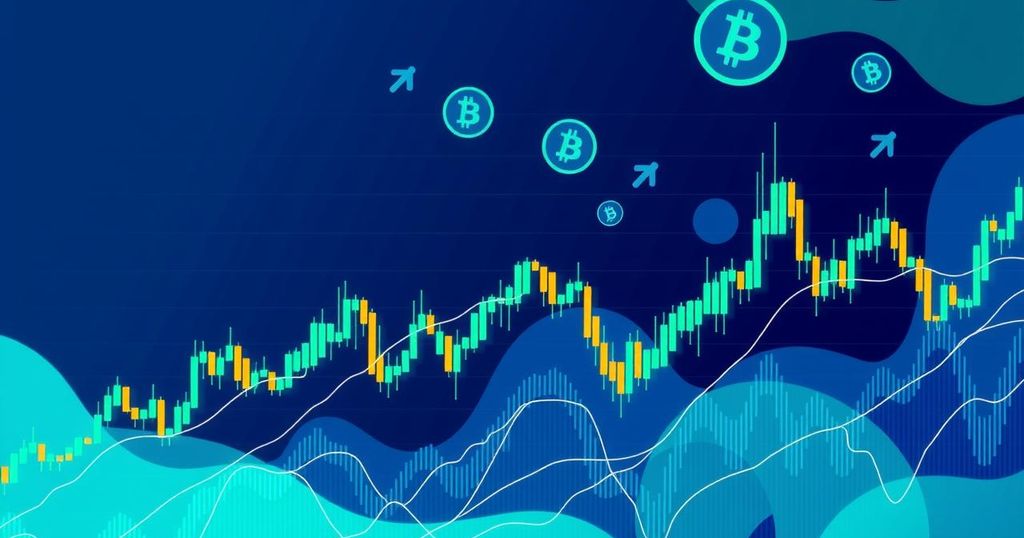Crypto Giants BNB, SOL, ADA Plunge Amid Market Volatility
The recent fluctuations in the cryptocurrency market have led to notable drops in key players like BNB, SOL, and ADA, prompting traders to reassess potential recovery strategies amid the chaos.
Market Volatility Affects Major Cryptocurrencies
Market Volatility Affects Major Cryptocurrencies In mid-July, the digital asset market has been experiencing quite a lot of volatility, which has led to significant drops in major cryptocurrencies. Binance Coin (BNB), Solana (SOL), and Cardano (ADA) have all seen their prices dip notably, with BNB down 1.47%, SOL falling by 1.94%, and ADA experiencing the largest decline at 3.66%. Investors are keeping a close eye on these assets, as technical indicators hint at a potential recovery and some are beginning to see possible buying opportunities for those willing to wait.
BNB’s Current Position and Potential Recovery
BNB’s Current Position and Potential Recovery Currently, Binance Coin is trading at $686.57, which is a decrease from previous sessions. It’s worth noting that it has fallen below significant moving averages, with the 7-period average at $687.11 and the 25-period at $687.23. Testing the lower Bollinger Band at $686.73 means increased volatility and, frankly, downside pressure. What’s interesting is that there’s been a surge in volume, particularly around 22:00 UTC, indicating a strong selling motion. A significant number of sell orders are placed just above the current price point, making it crucial for bulls to regain ground above $687 to shift momentum back upwards.
Solana Struggles with Falling Prices
Solana Struggles with Falling Prices Turning to Solana, the token is priced at $160.56 right now, having declined by 1.94% in the last day. The technical indicators aren’t looking too promising either, as it’s moved below both the 7-period and 25-period moving averages now standing at $160.55 and $160.59, respectively. This could indicate weakening momentum and potential bearish continuation if support fails. The Bollinger Bands on the 1-minute chart are tightening, suggesting a breakout could be on the horizon, depending on the trading volume. Interestingly, a noticeable spike in volume occurred around 22:03 UTC when SOL dropped sharply, further affirming the seller dominance during that timeframe.
Cardano’s Lack of Support
Cardano’s Lack of Support Then there’s Cardano, currently trading at $0.7076 after a 3.66% drop in the last 24 hours. It’s not in a good position, as it’s trading below all critical moving averages—the 7-period at $0.7073, the 25-period at $0.7077, and the 99-period at $0.7079. This signals weak market sentiment now. Cardano’s price is nearing the bottom Bollinger Band, suggesting heightened selling power and, again, increasing volatility. The chart shows a particularly large red candle closing out sessions, indicating high selling activity. There’s also significant sell-side liquidity at $0.708, with further large sell orders stacked at $0.7088 and $0.7089, creating formidable resistance levels for any potential short-term rally.
Strategic Entry Points for Investors
Strategic Entry Points for Investors Despite these declines, each of these cryptocurrencies—BNB, SOL, and ADA—may present strategic entry points for investors. The rise in trading volumes and their proximity to the lower Bollinger Bands could indicate that short-term corrections might emerge as new buying opportunities. Traders should keep a close eye on the key resistance and moving average levels. These factors can dictate future price action. Investors interested in entering positions in these major cryptocurrencies should be vigilant in the upcoming sessions, utilising risk management strategies to navigate potential price reversals.
In summary, as the cryptocurrency market continues to experience volatility, significant declines in BNB, SOL, and ADA have emerged. Each of these currencies currently shows signs of potential recovery, making them intriguing for investors looking for strategic entry points. However, the near-term outlook remains precarious, with the necessity for careful monitoring of resistance levels and market dynamics essential for any trading decisions.




Post Comment